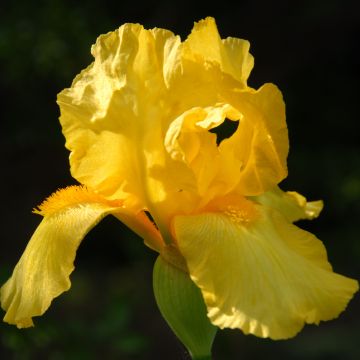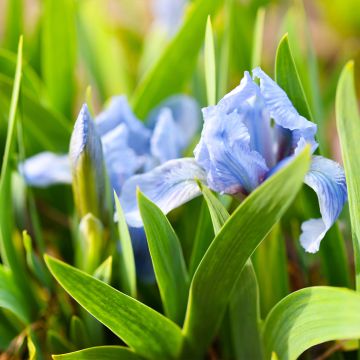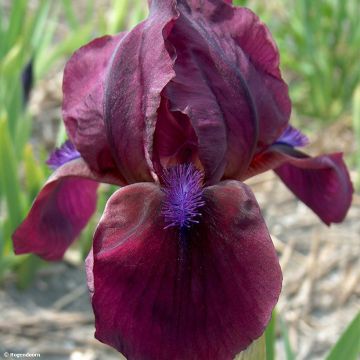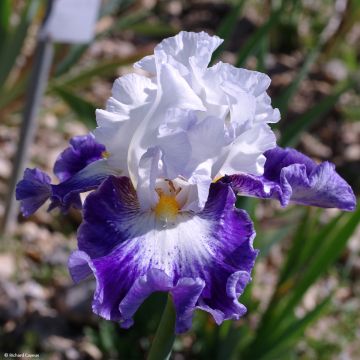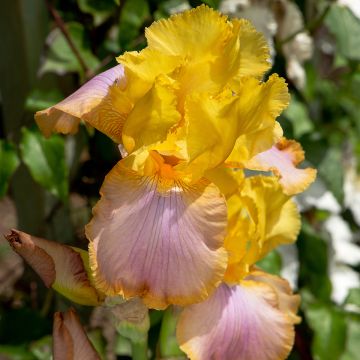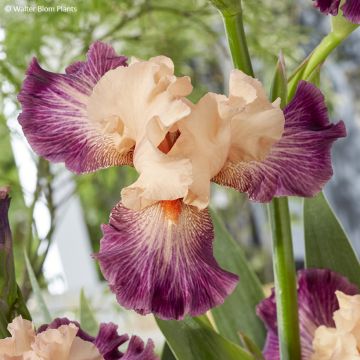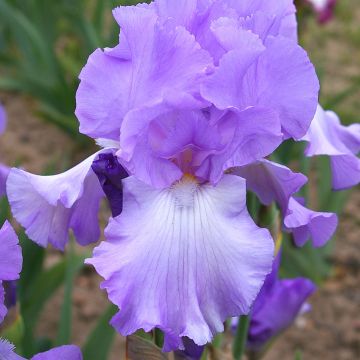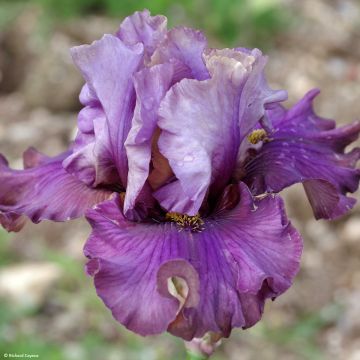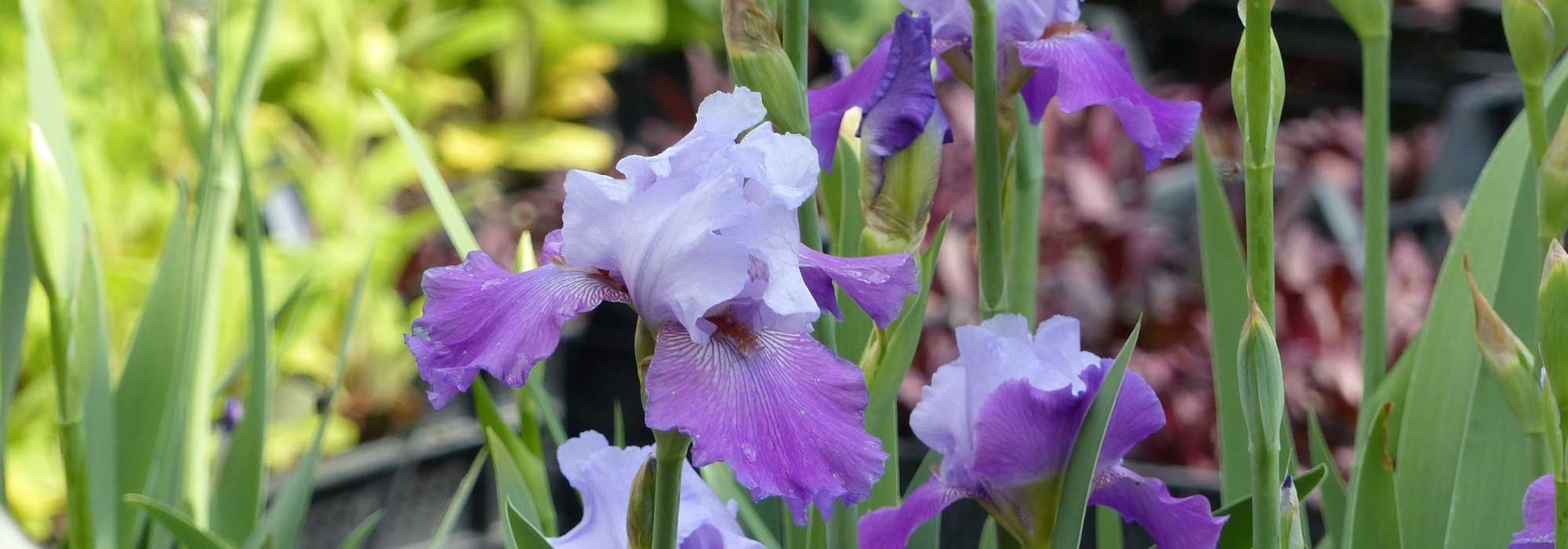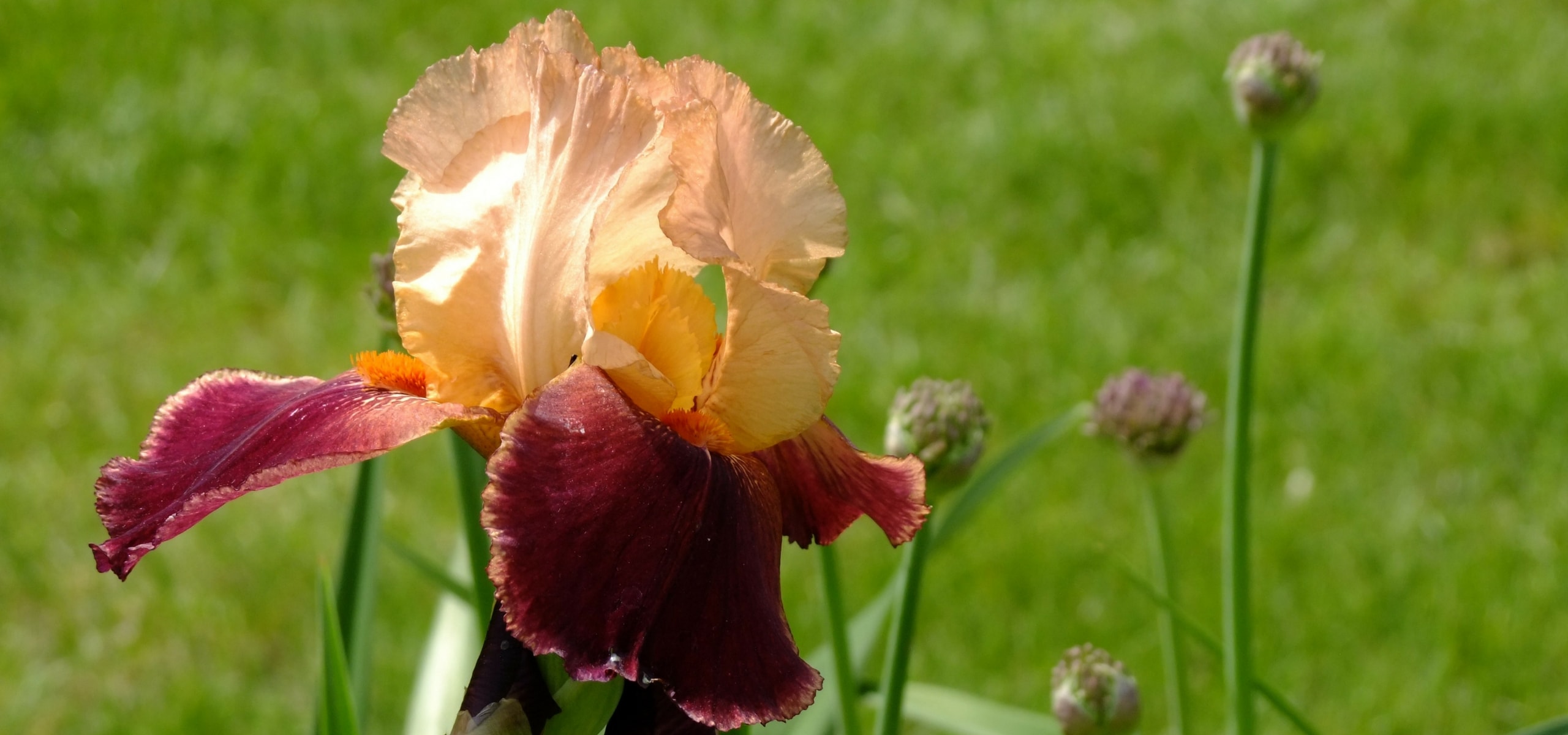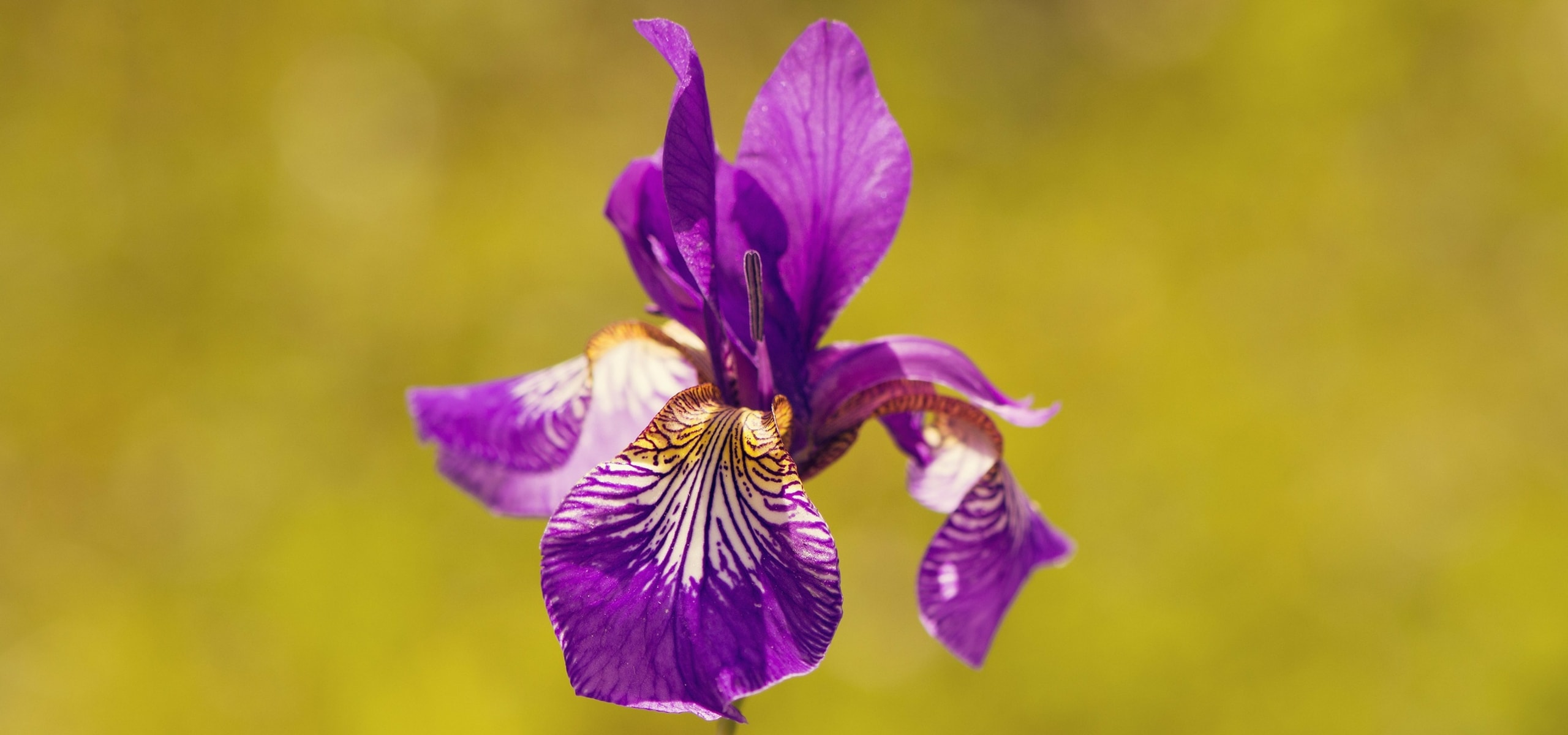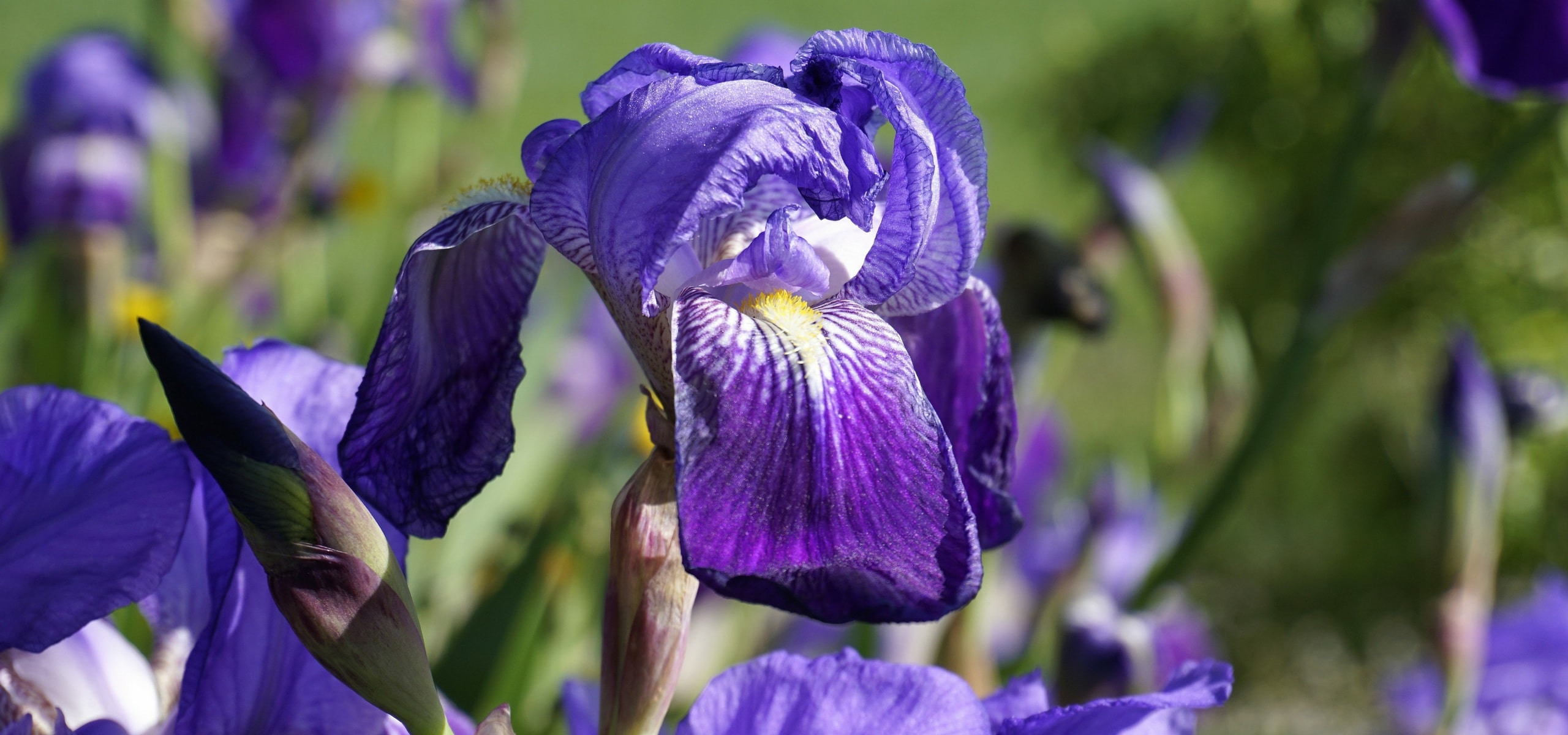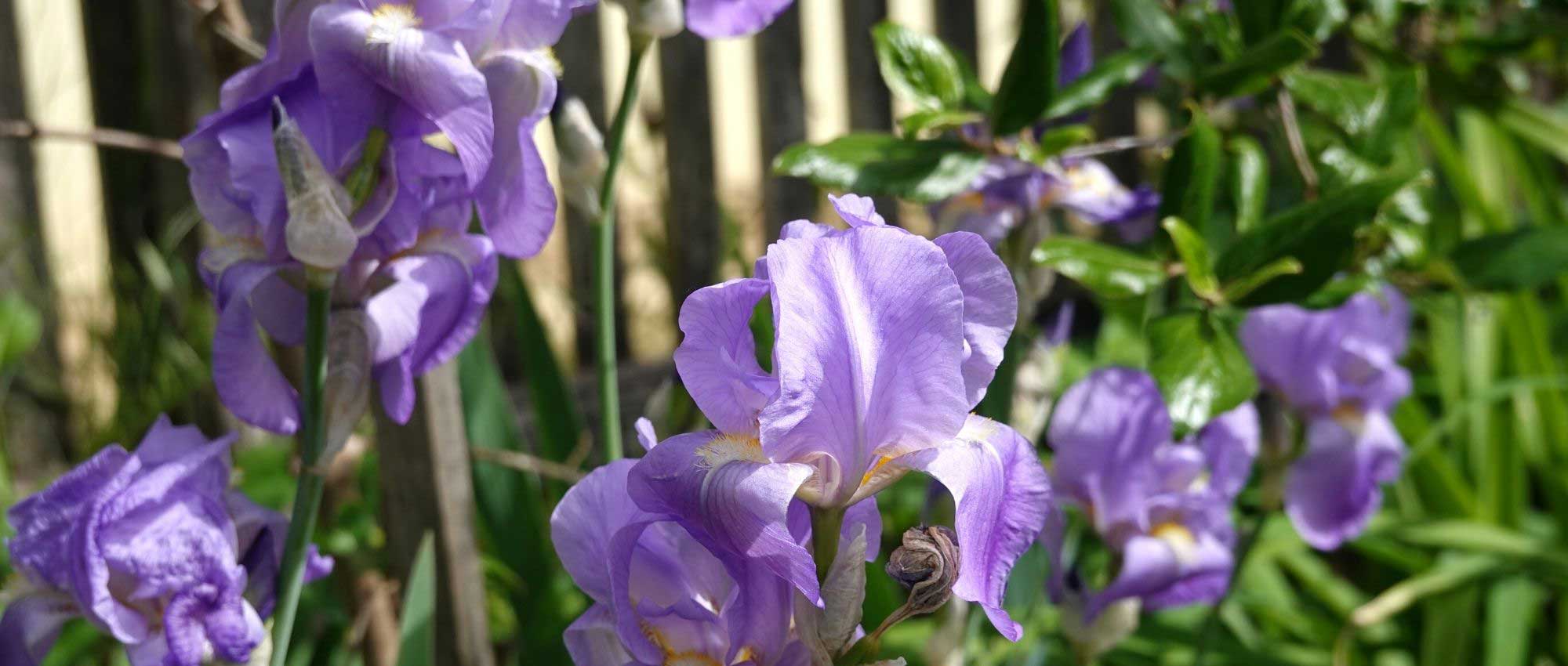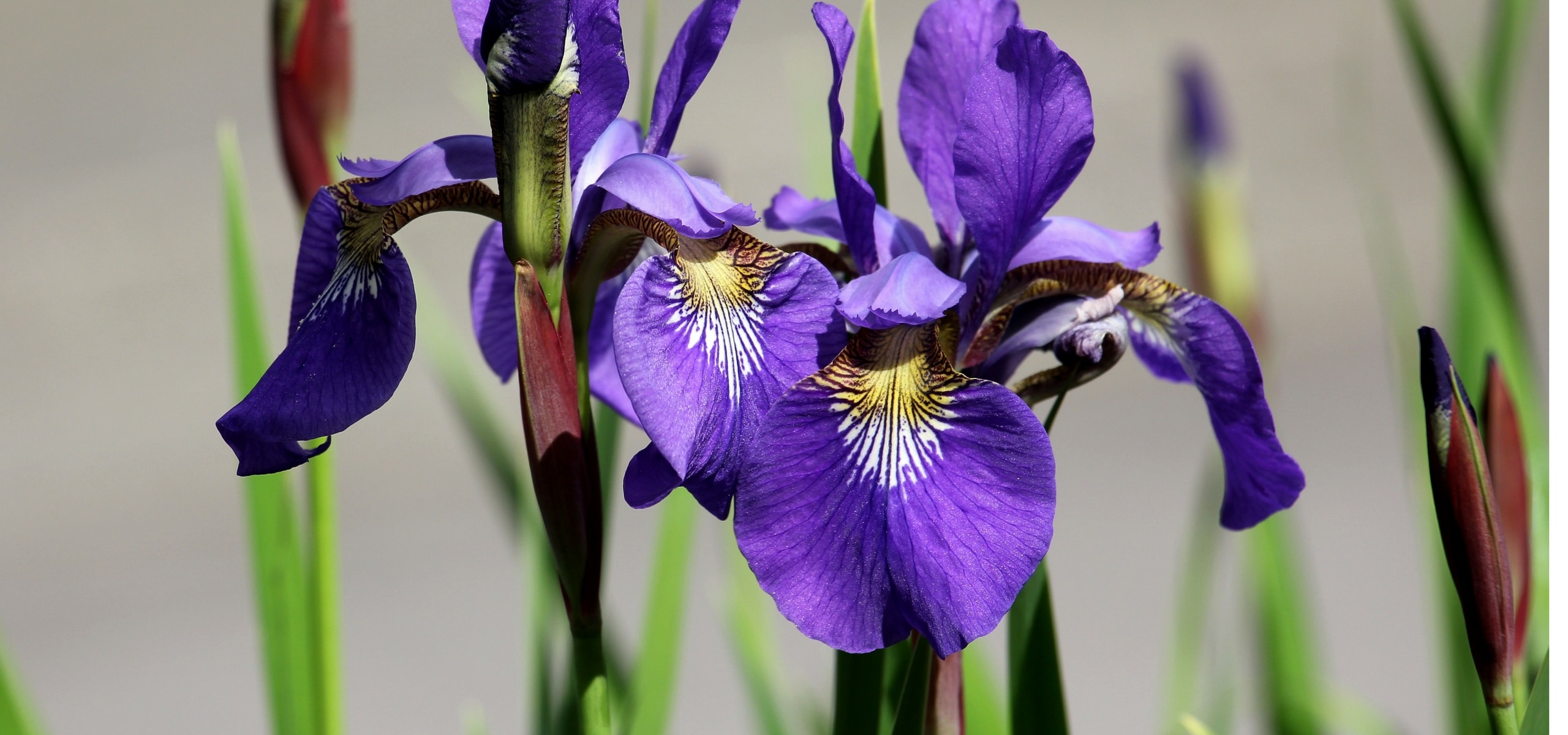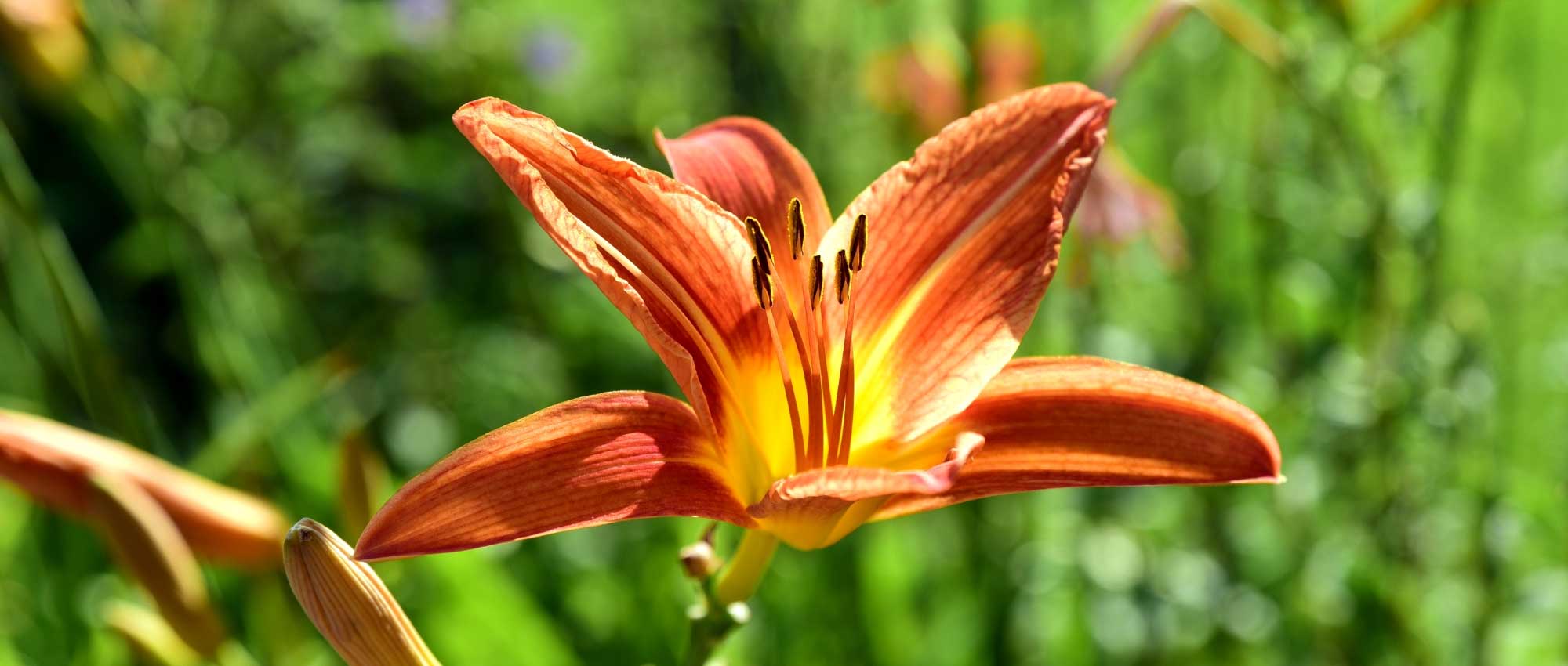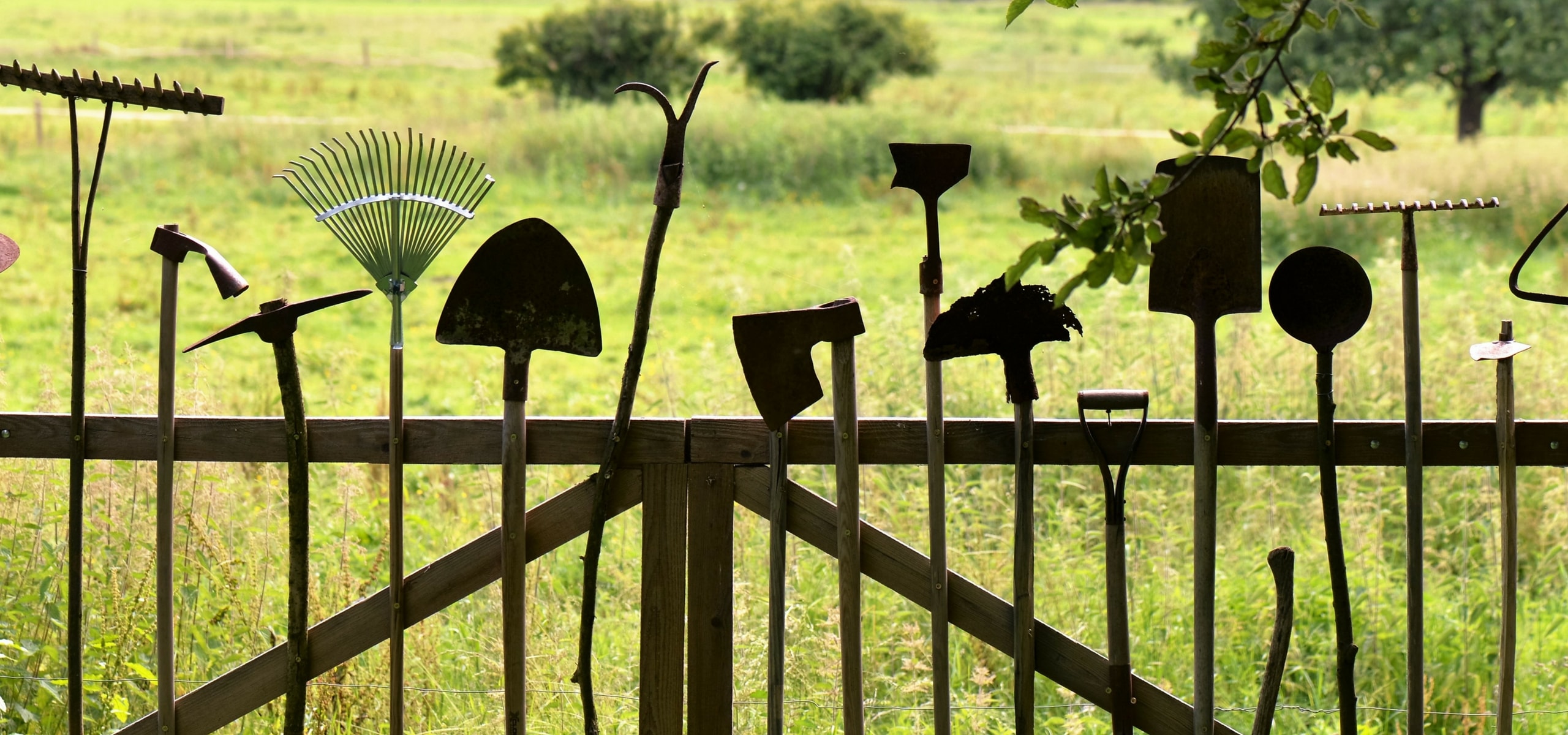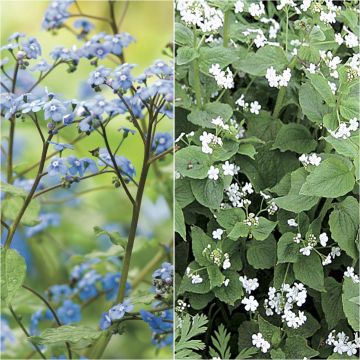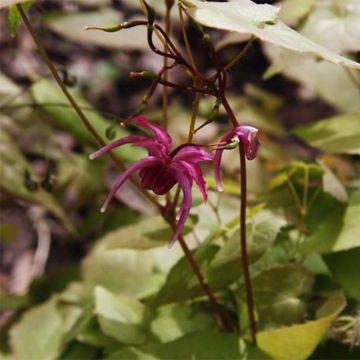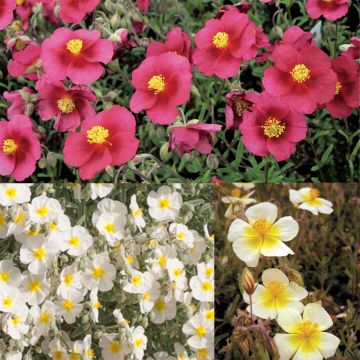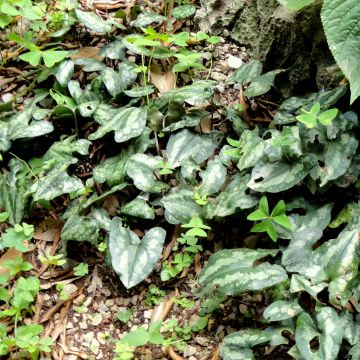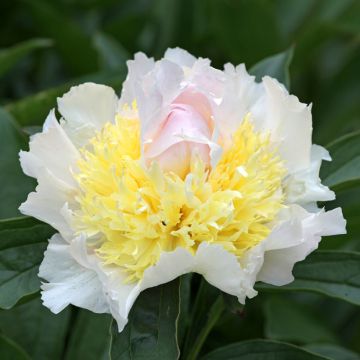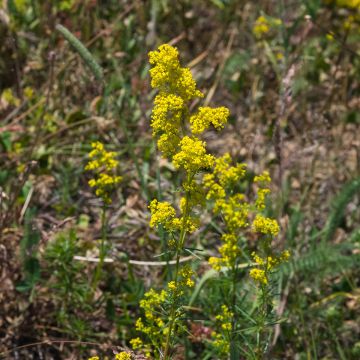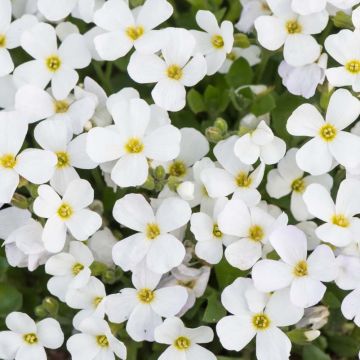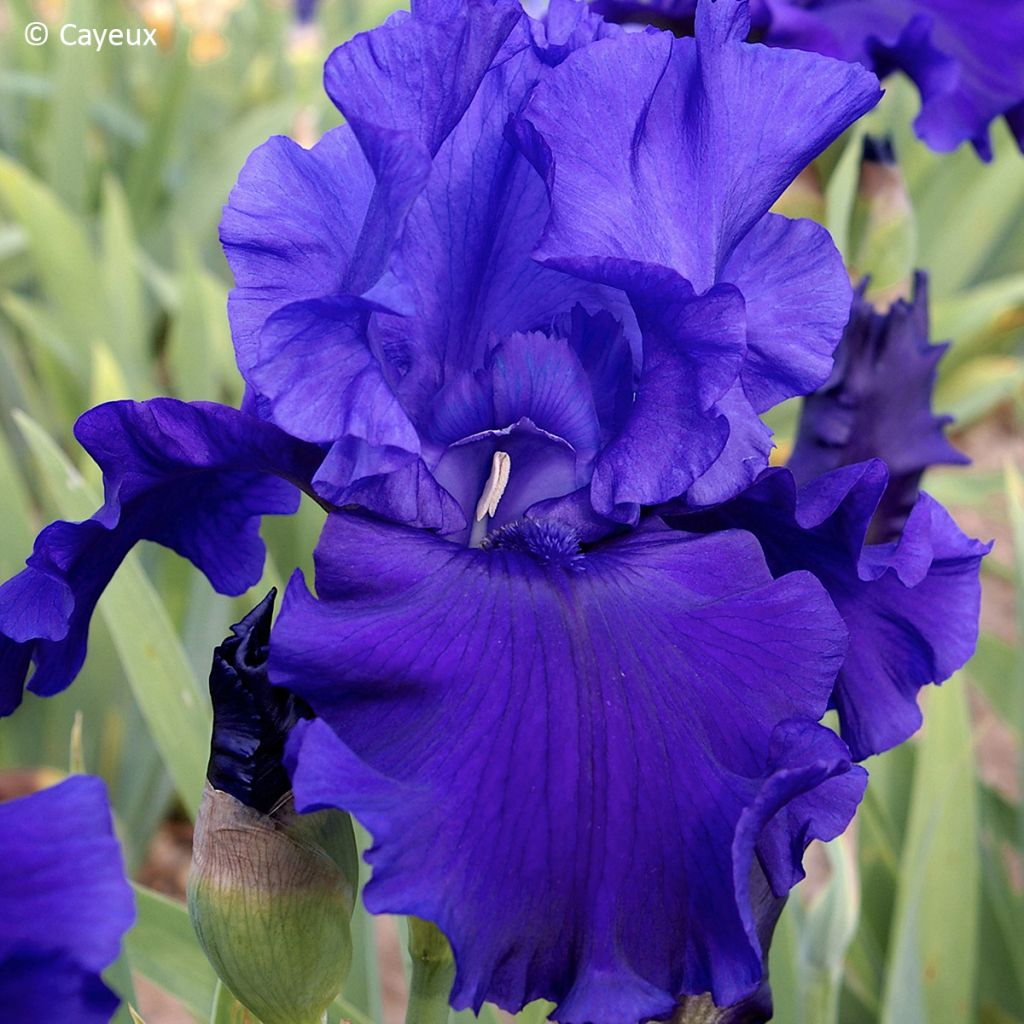

Iris germanica Devil's Lake - Tall bearded iris
Iris germanica Devil's Lake - Tall bearded iris
Iris germanica Devil's Lake
German Iris, Bearded Iris
Special offer!
Receive a €20 voucher for any order over €90 (excluding delivery costs, credit notes, and plastic-free options)!
1- Add your favorite plants to your cart.
2- Once you have reached €90, confirm your order (you can even choose the delivery date!).
3- As soon as your order is shipped, you will receive an email containing your voucher code, valid for 3 months (90 days).
Your voucher is unique and can only be used once, for any order with a minimum value of €20, excluding delivery costs.
Can be combined with other current offers, non-divisible and non-refundable.
Why not try an alternative variety in stock?
View all →This plant carries a 12 months recovery warranty
More information
We guarantee the quality of our plants for a full growing cycle, and will replace at our expense any plant that fails to recover under normal climatic and planting conditions.
Does this plant fit my garden?
Set up your Plantfit profile →
Description
Iris 'Devil's Lake' is an impressive and majestic variety of Tall Bearded Iris, with flower stems bearing enormous, uniformly deep blue-violet flowers. Among the tallest and arguably the most opulent, it will look stunning alongside pastel blooms.
Iris ‘Devil’s Lake’ is a horticultural cultivar from the Tall Bearded Iris group, belonging to the Iris germanica species, part of the Iridaceae family. This cultivar was selected and introduced in 1999 by Schreiner's Iris Gardens, one of the most renowned breeders in the United States. It has received several major awards, including the Award of Merit (2004) from the American Iris Society and an Honorable Mention (2001).
This tall iris reaches around 1 metre in height when in flower. Its sturdy, well-branched flower stems have 4 branches, each carrying 6 to 8 flower buds, ensuring a generous and prolonged flowering period. The flowers are impressively large (15 to 18 cm in diameter), very wavy, silky, and a perfectly uniform blue-violet. The blue beards, tinged with yellow at the throat, add a subtle touch of light to this monochromatic display. They flower between mid and late iris season, in May-June. The flowers emit a sweet, pleasant fragrance. The deciduous foliage consists of long, sword-shaped, upright and slightly arched, 30 to 50 cm long, glaucous green leaves, neatly fanned at the base. The root system is rhizomatous, composed of fleshy, horizontal, shallow rhizomes that spread laterally and produce regular offsets.
With its sumptuous flowers, Iris 'Devil’s Lake' naturally stands out as a centrepiece in a spring border. Easy to grow in well-drained soil, it only dislikes shade and competition from other plants. It thrives best at the base of a sunny wall, sheltered from wind. Its flowering is perfect for structuring a scene of pastel tones and light foliage. It can be planted behind shorter, early-flowering varieties. The vegetable garden can accommodate a few clumps of iris for cut flowers. It pairs beautifully with Iris 'Lune et Soleil', which brightens its dark hues, or with the soft pink of Peony 'Shirley Temple', softening its intensity. In the background, clumps of bronze fennel or stipa add lightness and height to the composition. This variety thrives in full light, where it will reach its full visual impact.
Flowering
Foliage
Plant habit
Botanical data
Iris
germanica
Devil's Lake
Iridaceae
German Iris, Bearded Iris
Cultivar or hybrid
Planting and care
Do you have a sunny spot, sheltered from the wind, warm and rather dry in summer?
This is the ideal location for planting the tall iris Devil's Lake! In the shade, they will grow, but not flower. They can be cultivated in all regions as they are hardy and do not require winter protection. Well-drained soil is perfect, even if it is rather dry. Iris germanica require alkaline soil: amend your soil with lime if it tends to be acidic. Excessively damp soil encourages rhizome rot. Plant from July to September. This gives the rhizomes enough time to grow sufficiently before lifting, then to develop new roots before winter. They should be planted immediately after purchase for the best results. Plan to divide the irises approximately every 4 years to give them fresh soil. They have vigorous growth and require space to develop and flower well. Plant with spacing suited to the size and vigour of the variety: approximately 34-50 cm for tall varieties (5 to 10 young plants per square metre). In a monochrome planting, plant the rhizomes in a staggered pattern. For a colour mix, it is advisable for the overall aesthetics of the iris bed to plant them in groups of several young plants of the same variety. Always consider the direction of growth of the rhizomes by arranging them in a star shape, with buds and leaves facing outwards, and spacing them well away from other varieties so they have room to develop.
Planting
Dig a hole wide and deep enough. Make a large conical mound of soil in the hole on which to place the rhizome with the roots spread out. Cover the roots. It is important that the rhizome is left just at the soil surface. It should not be planted in a hollow (risk of rot), so allow for the soil to settle and the iris to sink. In clay or damp soil, the rhizome should even be raised on a slight mound a few centimetres high. To help the soil cling to the roots, lightly firm the soil and water generously immediately after planting. Water if needed 2-3 times until established.
Care:
Keep the soil free of weeds by shallow hoeing, taking care not to damage the rhizome or roots. Weeds shade the irises, retain moisture (leading to rot) and attract slugs. Similarly, remove dry leaves. If they are diseased (reddish-edged spots from heterosporiosis), burn them. Remove faded flowers.
Planting period
Intended location
Care
Planting & care advice
This item has not been reviewed yet - be the first to leave a review about it.
Similar products
Haven't found what you were looking for?
Hardiness is the lowest winter temperature a plant can endure without suffering serious damage or even dying. However, hardiness is affected by location (a sheltered area, such as a patio), protection (winter cover) and soil type (hardiness is improved by well-drained soil).

Photo Sharing Terms & Conditions
In order to encourage gardeners to interact and share their experiences, Promesse de fleurs offers various media enabling content to be uploaded onto its Site - in particular via the ‘Photo sharing’ module.
The User agrees to refrain from:
- Posting any content that is illegal, prejudicial, insulting, racist, inciteful to hatred, revisionist, contrary to public decency, that infringes on privacy or on the privacy rights of third parties, in particular the publicity rights of persons and goods, intellectual property rights, or the right to privacy.
- Submitting content on behalf of a third party;
- Impersonate the identity of a third party and/or publish any personal information about a third party;
In general, the User undertakes to refrain from any unethical behaviour.
All Content (in particular text, comments, files, images, photos, videos, creative works, etc.), which may be subject to property or intellectual property rights, image or other private rights, shall remain the property of the User, subject to the limited rights granted by the terms of the licence granted by Promesse de fleurs as stated below. Users are at liberty to publish or not to publish such Content on the Site, notably via the ‘Photo Sharing’ facility, and accept that this Content shall be made public and freely accessible, notably on the Internet.
Users further acknowledge, undertake to have ,and guarantee that they hold all necessary rights and permissions to publish such material on the Site, in particular with regard to the legislation in force pertaining to any privacy, property, intellectual property, image, or contractual rights, or rights of any other nature. By publishing such Content on the Site, Users acknowledge accepting full liability as publishers of the Content within the meaning of the law, and grant Promesse de fleurs, free of charge, an inclusive, worldwide licence for the said Content for the entire duration of its publication, including all reproduction, representation, up/downloading, displaying, performing, transmission, and storage rights.
Users also grant permission for their name to be linked to the Content and accept that this link may not always be made available.
By engaging in posting material, Users consent to their Content becoming automatically accessible on the Internet, in particular on other sites and/or blogs and/or web pages of the Promesse de fleurs site, including in particular social pages and the Promesse de fleurs catalogue.
Users may secure the removal of entrusted content free of charge by issuing a simple request via our contact form.
The flowering period indicated on our website applies to countries and regions located in USDA zone 8 (France, the United Kingdom, Ireland, the Netherlands, etc.)
It will vary according to where you live:
- In zones 9 to 10 (Italy, Spain, Greece, etc.), flowering will occur about 2 to 4 weeks earlier.
- In zones 6 to 7 (Germany, Poland, Slovenia, and lower mountainous regions), flowering will be delayed by 2 to 3 weeks.
- In zone 5 (Central Europe, Scandinavia), blooming will be delayed by 3 to 5 weeks.
In temperate climates, pruning of spring-flowering shrubs (forsythia, spireas, etc.) should be done just after flowering.
Pruning of summer-flowering shrubs (Indian Lilac, Perovskia, etc.) can be done in winter or spring.
In cold regions as well as with frost-sensitive plants, avoid pruning too early when severe frosts may still occur.
The planting period indicated on our website applies to countries and regions located in USDA zone 8 (France, United Kingdom, Ireland, Netherlands).
It will vary according to where you live:
- In Mediterranean zones (Marseille, Madrid, Milan, etc.), autumn and winter are the best planting periods.
- In continental zones (Strasbourg, Munich, Vienna, etc.), delay planting by 2 to 3 weeks in spring and bring it forward by 2 to 4 weeks in autumn.
- In mountainous regions (the Alps, Pyrenees, Carpathians, etc.), it is best to plant in late spring (May-June) or late summer (August-September).
The harvesting period indicated on our website applies to countries and regions in USDA zone 8 (France, England, Ireland, the Netherlands).
In colder areas (Scandinavia, Poland, Austria...) fruit and vegetable harvests are likely to be delayed by 3-4 weeks.
In warmer areas (Italy, Spain, Greece, etc.), harvesting will probably take place earlier, depending on weather conditions.
The sowing periods indicated on our website apply to countries and regions within USDA Zone 8 (France, UK, Ireland, Netherlands).
In colder areas (Scandinavia, Poland, Austria...), delay any outdoor sowing by 3-4 weeks, or sow under glass.
In warmer climes (Italy, Spain, Greece, etc.), bring outdoor sowing forward by a few weeks.






























